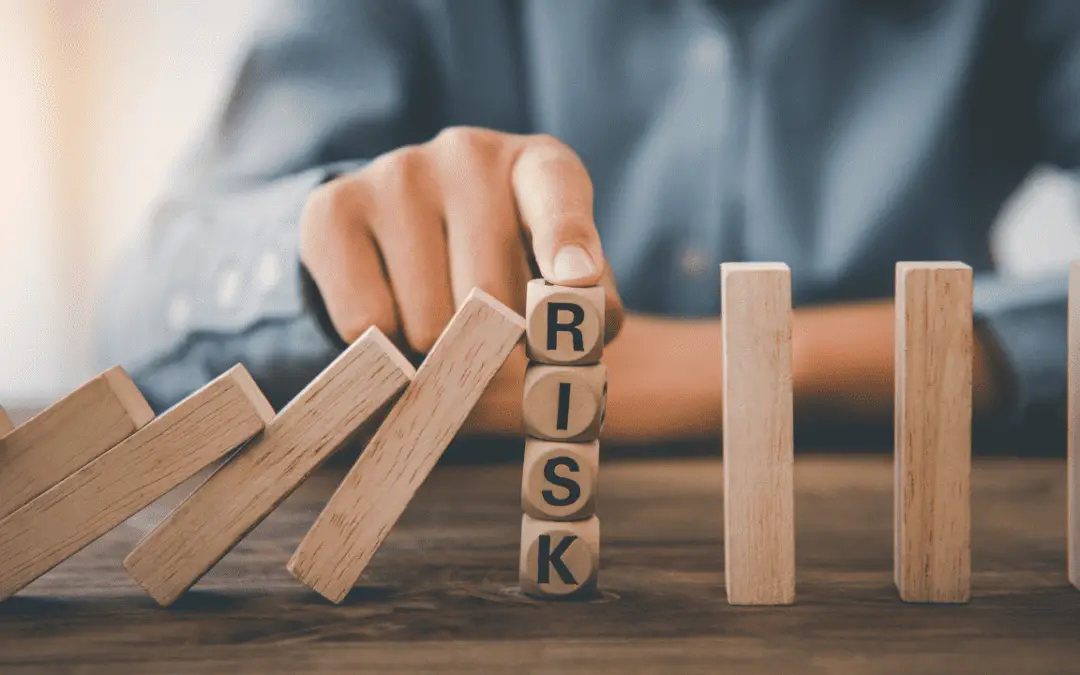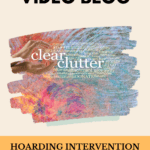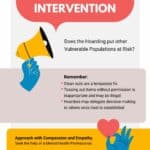I’m Katherine Lawrence, Professional Organizer for Space Matters, and today I want to share some insights from my experience working on the TV show “Hoarders.” Specifically, I’ll be diving deep into Episode 1 of Season 13, which is now streaming on Netflix. This episode follows Terri and her long-term boyfriend, Kraig, and it’s a story that truly encapsulates the complexities of hoarding disorder.
Terri’s Condemned House
Terri’s story is unique and, in many ways, heartbreaking. Her house was condemned, but she never actually lived in it. Instead, she used it solely for storage. This might make you wonder, what led to this intervention?
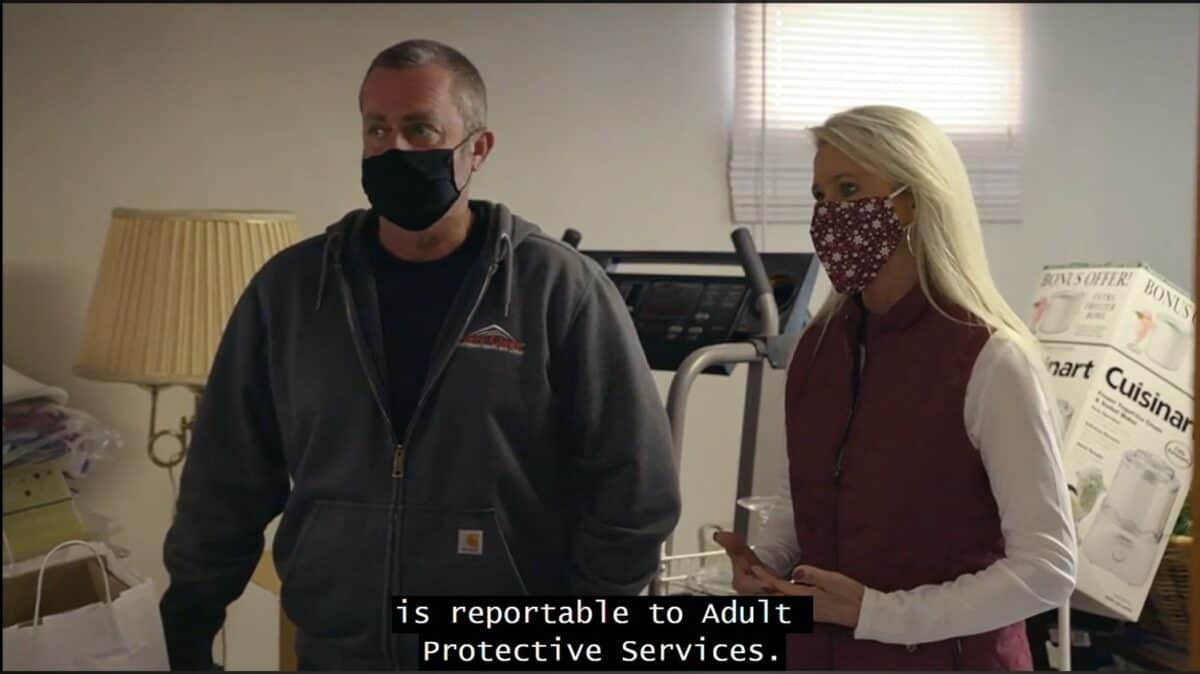
Why was Terri reported to Adult Protective Services (APS) when there are countless hoarders living in even more squalid conditions who don’t face the same consequences?
The Realities of Hoarding Disorder
Hoarding is more than just an excessive accumulation of items. It’s a mental health issue that can have severe repercussions, both emotionally and financially. As someone who has spent many seasons working behind the scenes on “Hoarders,” I’ve seen firsthand the toll hoarding can take on individuals and their families.
It’s incredibly frustrating and saddening when someone close to you exhibits hoarding behavior. The fear for their safety is palpable. Moreover, the financial implications can be staggering. From fines imposed by local governments and Home Owners Associations to the costs associated with excessive shopping and storage, the financial strain can be immense.
When Does Hoarding Cross the Line?
This is a question I often get asked, and it’s a crucial one. We all get upset seeing someone close to us hoard, fearing for their safety and well-being. But when does it truly cross the line? When is an intervention necessary? And why do we rarely see authorities being called in during the filming of the “Hoarders” show?
The bottom line is, people are often allowed to hoard within their homes without any intervention. It’s painful to witness, but legal intervention only comes into play when certain boundaries are crossed. So, where is that line?
Hoarding crosses the line when it harms vulnerable groups that are protected by law, including animals, children, and seniors. In such cases, intervention becomes not only appropriate but necessary.
Terri’s Impact on Others
Terri’s story took a turn when it was revealed that she not only filled her home with clutter but also cluttered the home of an elderly man where she was employed as a caregiver. By blocking entrances and exits in his home, she created an unsafe environment for him, which is why Dr. Zasio reported her to APS (Adult Protective Services).
She even began storing her belongings in the gentleman’s car, which was truly shocking. It’s one thing to harm oneself with hoarding behaviors, but when those actions start affecting others, it truly crosses a line.
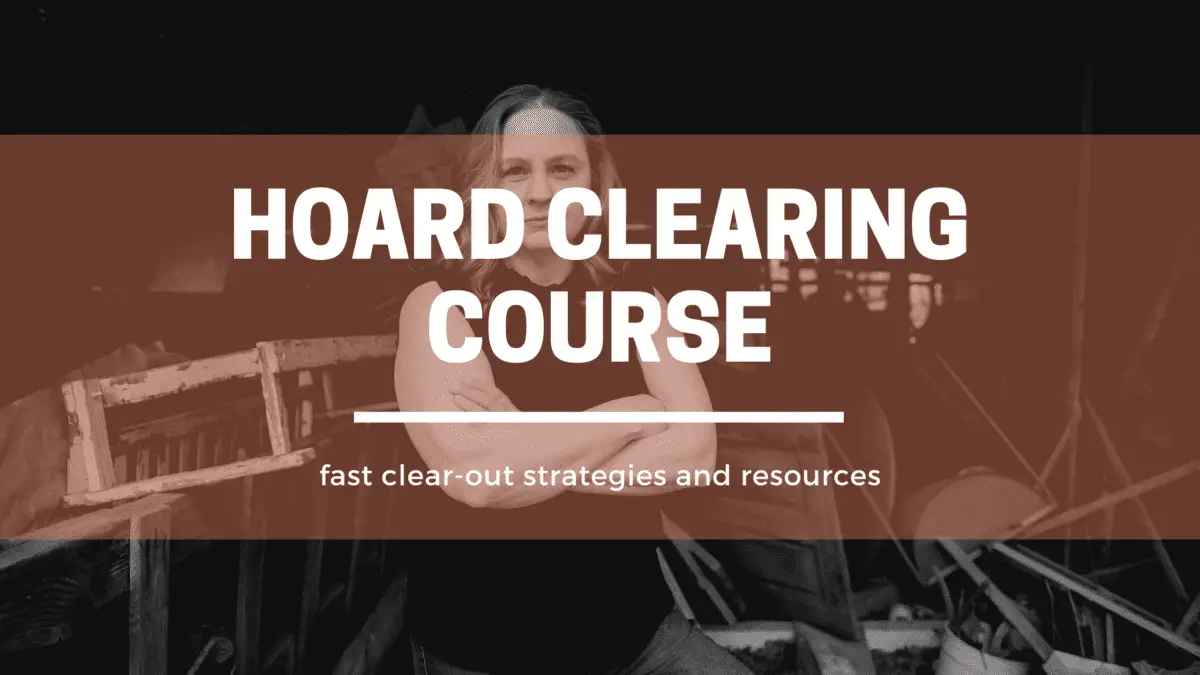
The Role of a Professional Organizer
As a professional organizer, I always emphasize the importance of respect. It’s rarely appropriate or even legal to discard someone’s belongings without their consent. And even in extreme cases, like Terri’s, you’ll see the cleanup crew trying to get permission to toss or donate items. Many items were packed up and stored just to make the senior gentleman’s house safe and functional in a matter of hours.
There was significant progress made in the cleanup at Terri’s house, thanks to the efforts of her family working alongside me and other organizers. The key in these clear-outs is to delegate decision-making to a trusted individual. This approach often leads to a major transformation, as the person with the hoarding behavior does not have the ability to make sound decisions about what should stay in the home to ensure that it is safe and functional.
Final Thoughts
Hoarding Disorder (HD) is a diagnosable mental health problem, and it’s not something that can be fixed simply by clearing out a home. However, an intervention becomes necessary when the hoarding harms others.
If you have a friend or family member who hoards, approach the situation with empathy and understanding. Remember, for a long-term solution, the focus needs to be on their mental health. However, in some scenarios, an intervention and quick cleanout are appropriate, as we saw at the home where Terri was working.
Thank you for joining me on this journey today. Let’s continue to spread awareness and understanding about hoarding and its impact. If you or someone you know is struggling with hoarding behaviors, please reach out for a consultation. Together, we can make a difference.
Until next time, remember that your space matters, and so do you.

